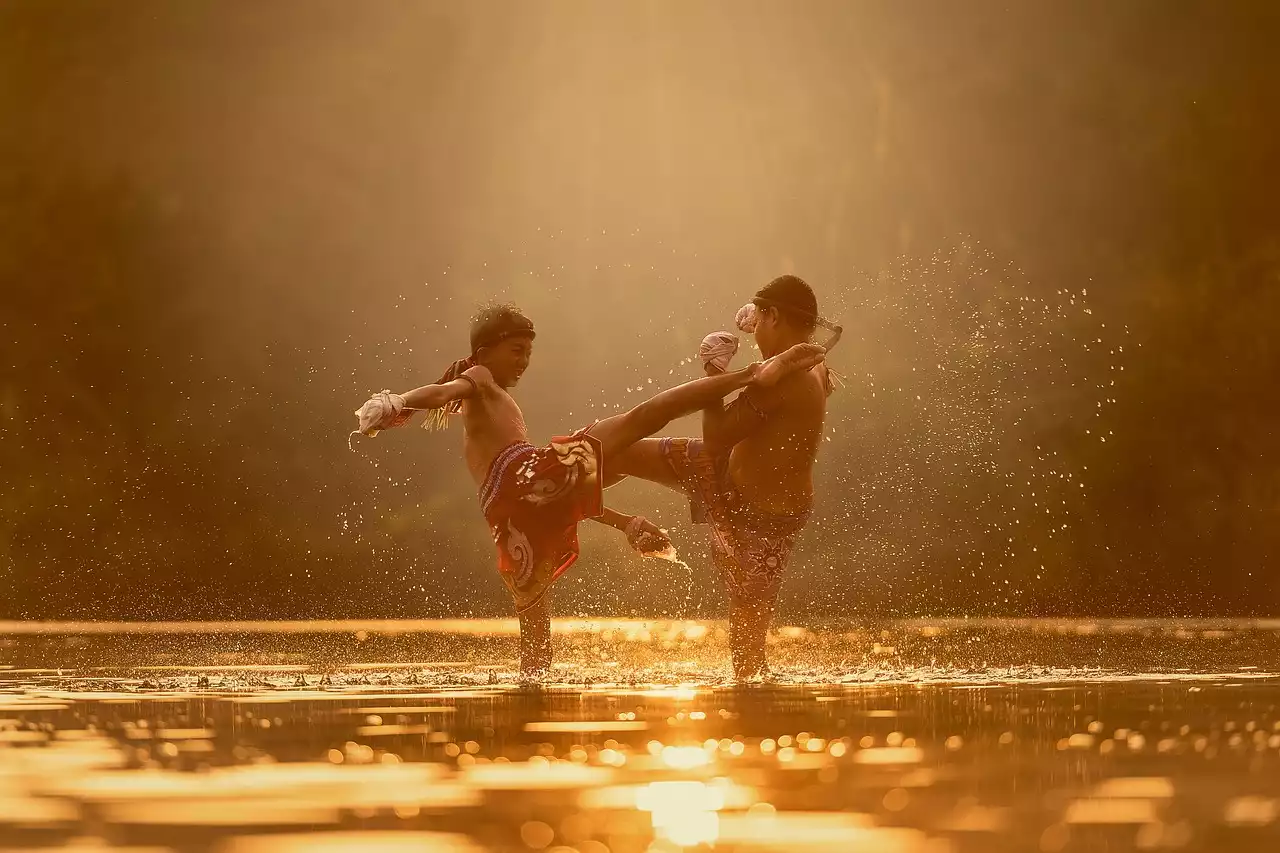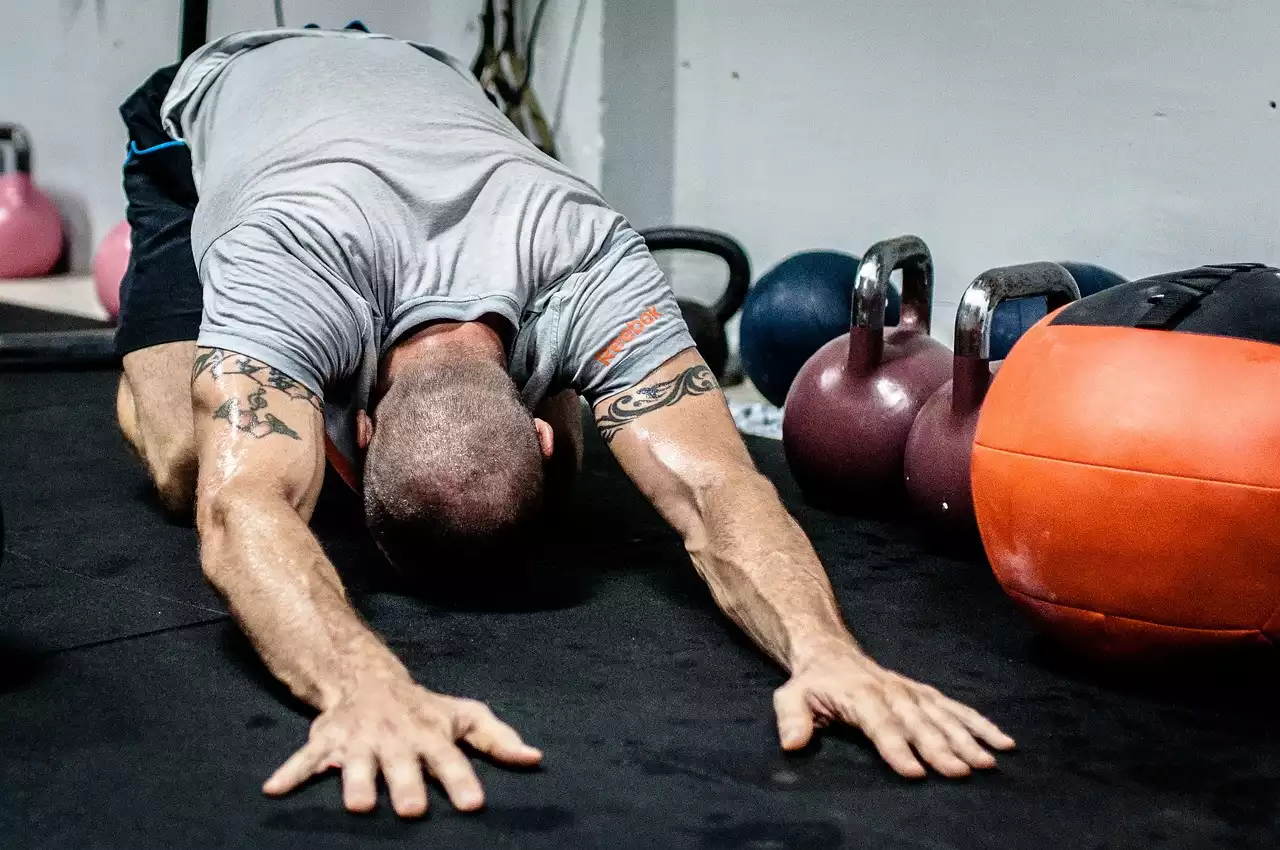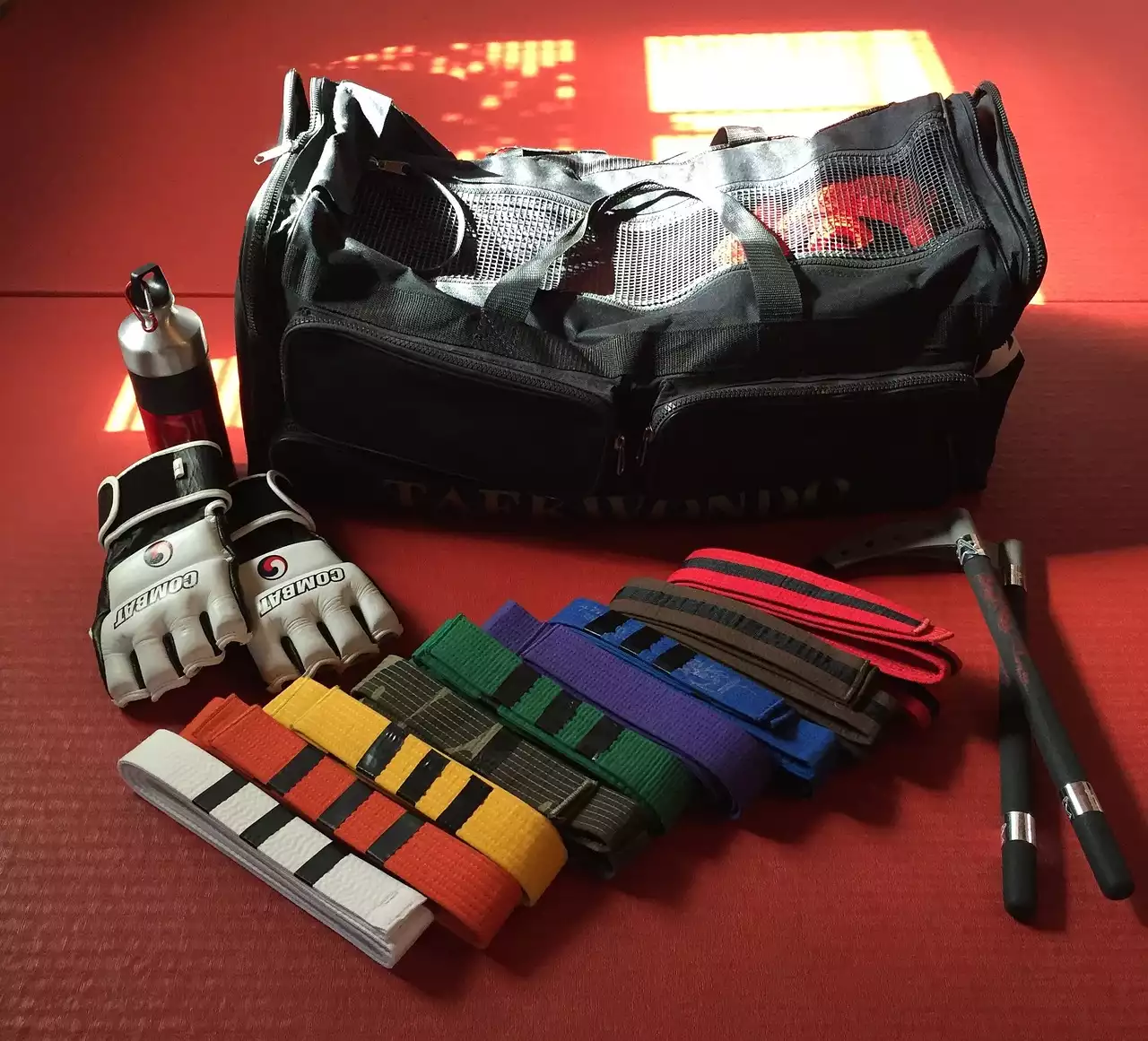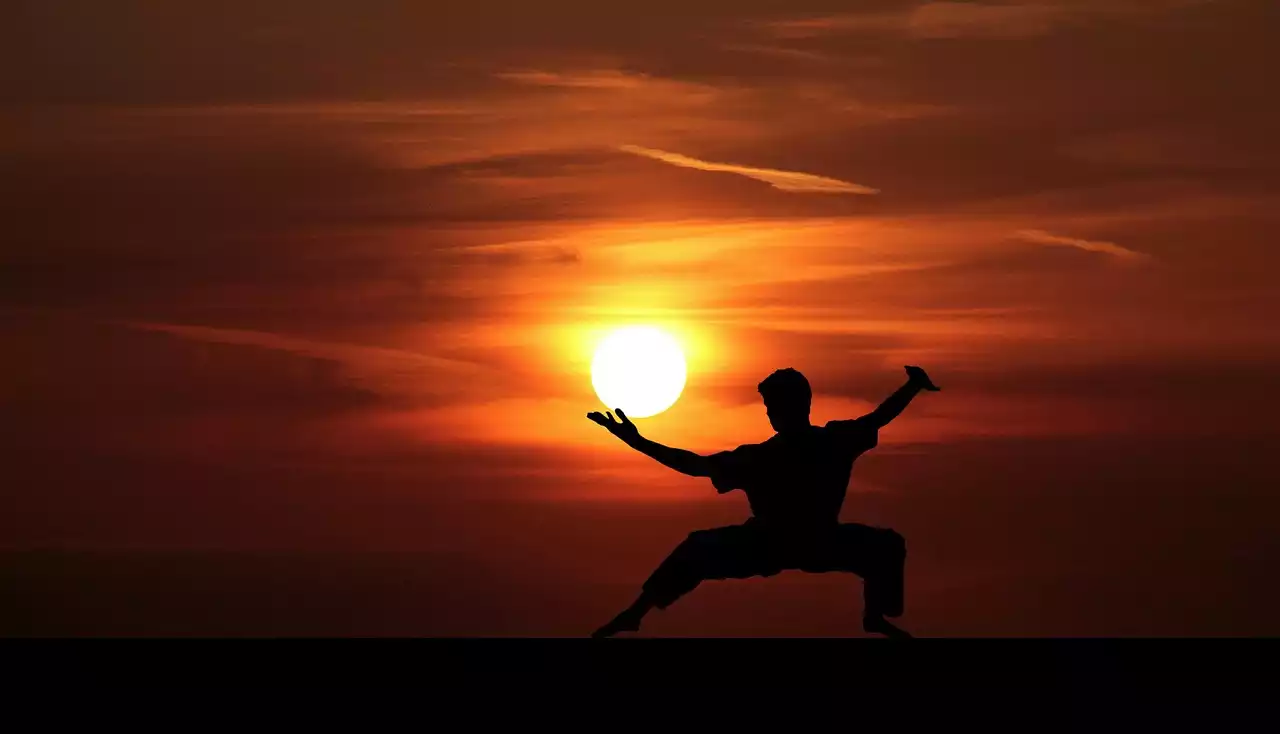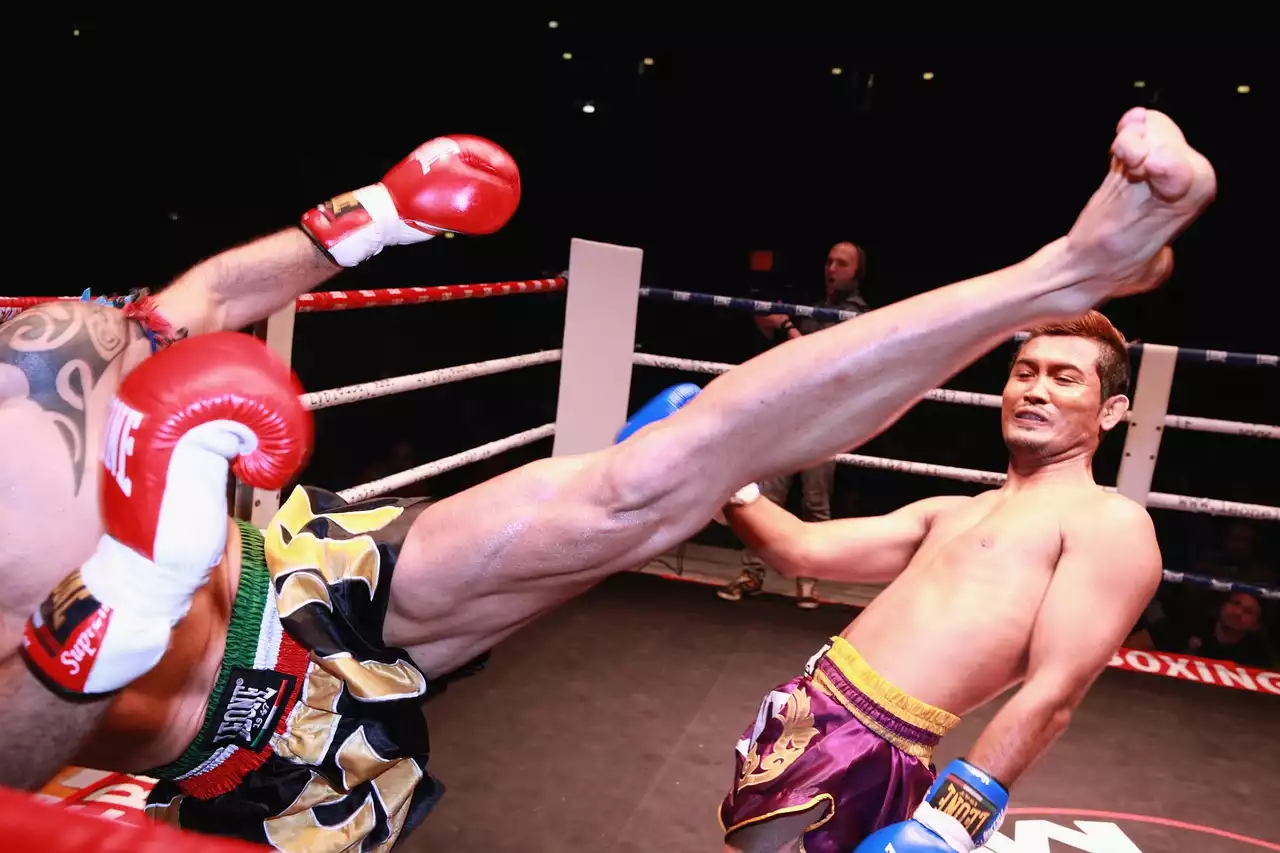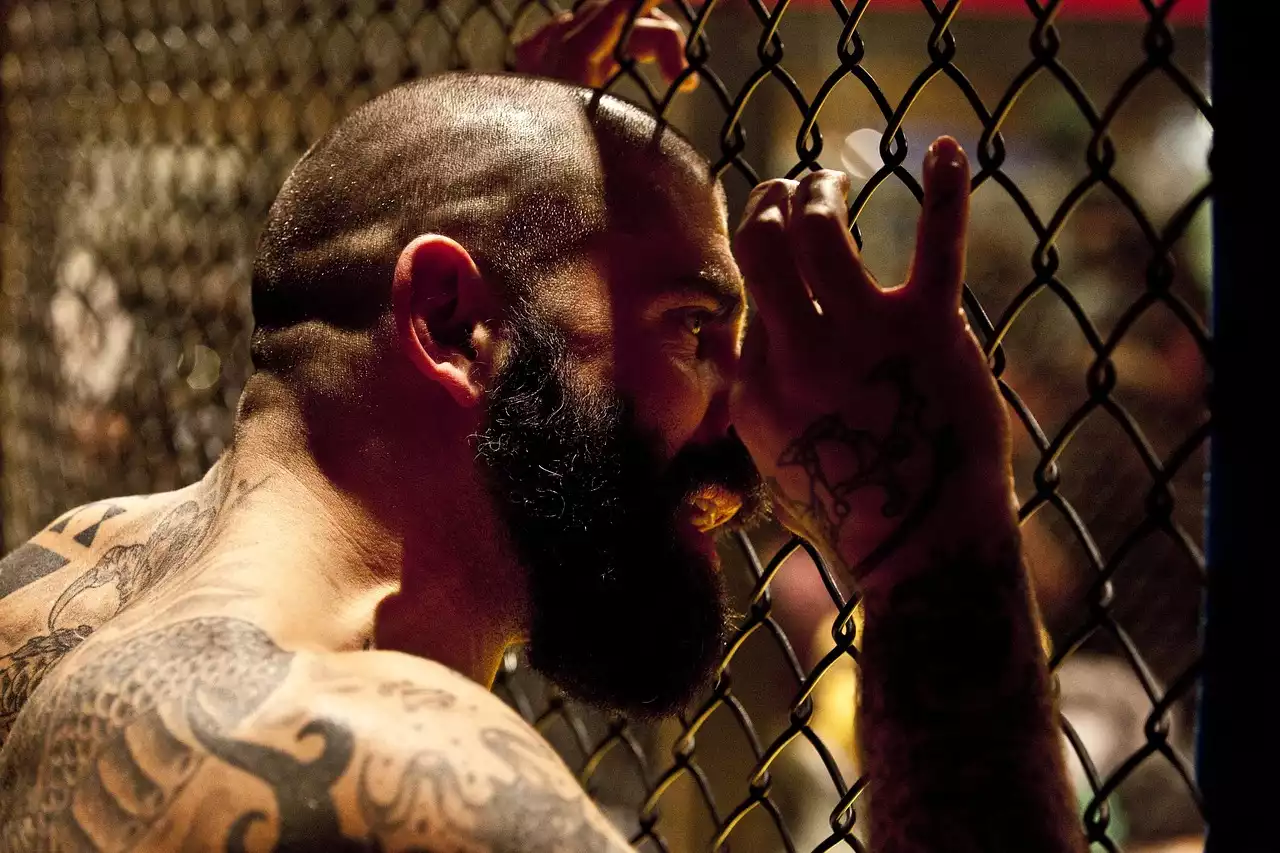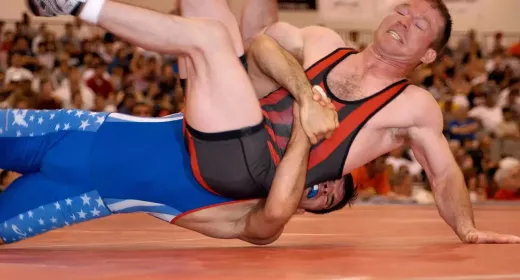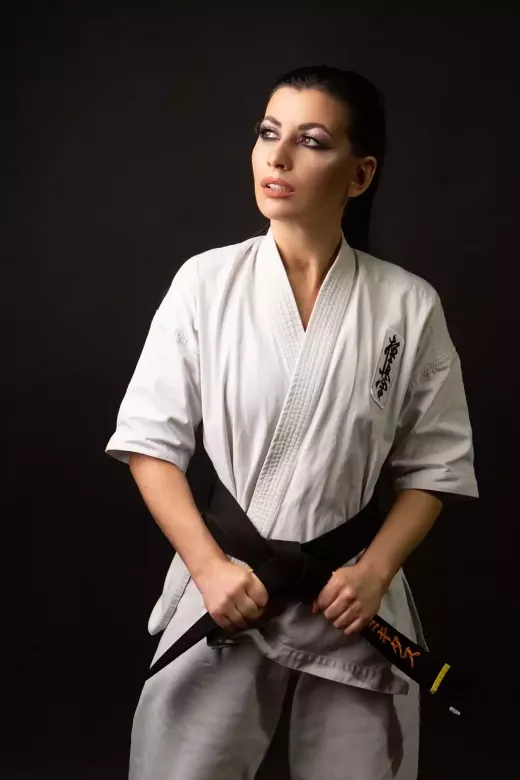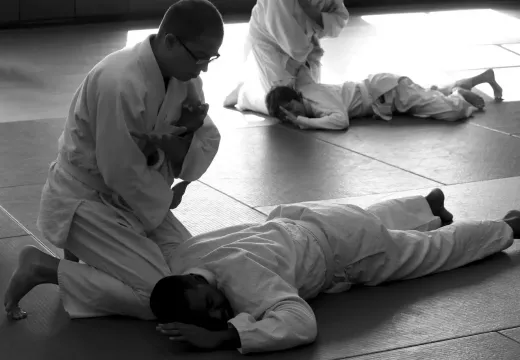Martial Arts in Ancient Civilizations
Martial arts have been around for thousands of years, with evidence of their existence dating back to ancient civilizations such as Egypt, Greece, and China. In these early civilizations, martial arts were primarily used for self-defense and warfare. The techniques were simple but effective, designed to quickly incapacitate an opponent.
In ancient Egypt, for example, soldiers were trained in a form of hand-to-hand combat called "heka" or "swimming." This technique involved using the arms and legs to strike and grapple with opponents, with an emphasis on throws and joint locks. In Greece, martial arts were an integral part of the Olympic Games, with events such as wrestling and boxing dating back to ancient times. And in China, martial arts were developed as a means of self-defense against bandits and invaders, with styles such as Shaolin Kung Fu and Tai Chi becoming popular over time.
Despite their differences, these ancient martial arts all shared a common goal: to protect oneself and one's community from danger. They were practical, effective, and rooted in the culture and history of the people who practiced them.
Birth of Modern Martial Arts
The modern era of martial arts began in the 19th century, with the opening of Japan to the outside world. During this time, Japanese martial arts such as Judo and Karate began to gain popularity in the West, with practitioners traveling to Japan to study under the masters. These martial arts were refined over centuries, with a strong emphasis on discipline, respect, and mental focus.
Over time, other martial arts such as Taekwondo from Korea and Muay Thai from Thailand also gained popularity. These martial arts were adapted to suit the needs of modern practitioners, with an emphasis on sport and self-defense. They were no longer just tools for warfare, but also ways to improve one's physical and mental well-being.
Different Styles of Martial Arts
Today, there are countless styles of martial arts, each with its own unique techniques, philosophies, and training methods. Some of the most popular styles include:
Karate
Karate is a Japanese martial art that focuses on striking techniques such as punches, kicks, and knee strikes. It emphasizes the use of the entire body for power, with a strong focus on discipline and mental focus.
Judo
Judo is a Japanese martial art that emphasizes throws and grappling techniques. It focuses on using an opponent's strength against them, with an emphasis on leverage and technique over brute force.
Taekwondo
Taekwondo is a Korean martial art that focuses on high kicks and fast strikes. It emphasizes speed and agility, with a strong emphasis on self-defense.
Muay Thai
Muay Thai is a Thai martial art that emphasizes strikes using the fists, elbows, knees, and shins. It is known for its effectiveness in the ring, with fighters using a combination of punches, kicks, and clinching techniques to defeat their opponents.
These are just a few examples of the many different styles of martial arts that exist today. Each style has its own unique techniques, training methods, and philosophies, making them suitable for different types of practitioners.
Evolution of Martial Arts in Popular Culture
Martial arts have also had a significant impact on popular culture, with movies, TV shows, and video games featuring martial arts as a central theme. Some of the most iconic martial arts films include Bruce Lee's "Enter the Dragon" and Jackie Chan's "Drunken Master," both of which helped to popularize martial arts in the West.
In addition to films, martial arts have also been featured in video games such as Street Fighter and Mortal Kombat, with players controlling characters who use various martial arts techniques to defeat their opponents. And in recent years, martial arts have also been featured in popular TV shows such as "The Walking Dead" and "Iron Fist," helping to keep the tradition alive and relevant for new generations of fans.
Benefits of Practicing Martial Arts
Martial arts offer a wide range of benefits for practitioners of all ages and skill levels. Some of the most notable benefits include:
Improved Physical Fitness
Martial arts can help improve overall physical fitness, with practitioners developing strength, endurance, flexibility, and balance through regular training.
Increased Mental Focus
Martial arts require a high level of mental focus, with practitioners learning to control their emotions and stay calm under pressure. This can translate to other areas of life, such as work or school.
Self-Defense
Martial arts are an effective form of self-defense, with practitioners learning techniques to defend themselves against attackers.
Improved Confidence
Martial arts can help improve self-confidence, with practitioners developing a sense of pride in their abilities and accomplishments.
These are just a few examples of the many benefits that martial arts can offer. Whether you're looking to improve your physical fitness, learn self-defense, or simply have fun, martial arts offer something for everyone.
How to Choose the Right Martial Arts Style for You
Choosing the right martial arts style can be a daunting task, especially if you're new to the world of martial arts. Here are a few tips to help you make the right choice:
Determine Your Goals
Before choosing a martial arts style, it's important to determine your goals. Are you looking to improve your physical fitness? Learn self-defense? Compete in tournaments? Different styles of martial arts are better suited for different goals, so it's important to choose the right one for you.
Research Different Styles
Once you've determined your goals, it's important to research different styles of martial arts to find the one that best suits your needs. Look for information on the history, techniques, and training methods of each style to get a better idea of what to expect.
Visit Local Martial Arts Schools
One of the best ways to get a feel for different martial arts styles is to visit local schools and observe classes. This will give you an opportunity to see the techniques in action and get a sense of the training environment.
Talk to Instructors and Practitioners
Finally, it's important to talk to instructors and practitioners to get a better sense of what to expect. Ask about their experiences with the style, the training methods, and any potential challenges you may face as a beginner.
Famous Martial Artists Throughout History
Throughout history, there have been countless famous martial artists who have helped to shape the world of martial arts. Here are just a few examples:
Bruce Lee
Bruce Lee was a legendary martial artist and actor who helped to popularize martial arts in the West. He was known for his lightning-fast strikes and innovative techniques, as well as his philosophy of "using no way as way."
Miyamoto Musashi
Miyamoto Musashi was a legendary Japanese swordsman who is considered one of the greatest samurai of all time. He was known for his incredible skill with the sword, as well as his philosophy of "no mind" or "mushin."
Helio Gracie
Helio Gracie was a Brazilian martial artist and the founder of Gracie Jiu-Jitsu. He was known for his innovations in ground fighting, as well as his dedication to promoting the art of Jiu-Jitsu around the world.
These are just a few examples of the many famous martial artists throughout history who have made significant contributions to the world of martial arts.
Martial Arts in Sports
In addition to self-defense and fitness, martial arts are also practiced as a competitive sport. Some of the most popular martial arts tournaments include the Olympics, the World Championships, and the UFC.
Martial arts tournaments can be divided into two categories: striking and grappling. Striking tournaments, such as boxing and kickboxing, focus on strikes using the hands, feet, and knees. Grappling tournaments, such as Judo and Brazilian Jiu-Jitsu, focus on throws, joint locks, and chokes.
These tournaments offer an opportunity for martial artists to test their skills against other practitioners from around the world, with winners often becoming household names in the martial arts community.
Future of Martial Arts
The future of martial arts is bright, with new styles and techniques being developed all the time. As technology continues to advance, we may see new innovations in training methods and equipment, making martial arts more accessible than ever before.
In addition, martial arts will likely continue to be popular in popular culture, with movies, TV shows, and video games featuring martial arts as a central theme. And with the continued growth of martial arts tournaments, we may see even more opportunities for practitioners to compete and test their skills.
Overall, the evolution of martial arts has been a fascinating journey, with the tradition continuing to thrive and evolve in the modern world. Whether you're looking to improve your physical fitness, learn self-defense, or simply have fun, martial arts offer something for everyone. So why not give it a try and discover the world of martial arts for yourself?
